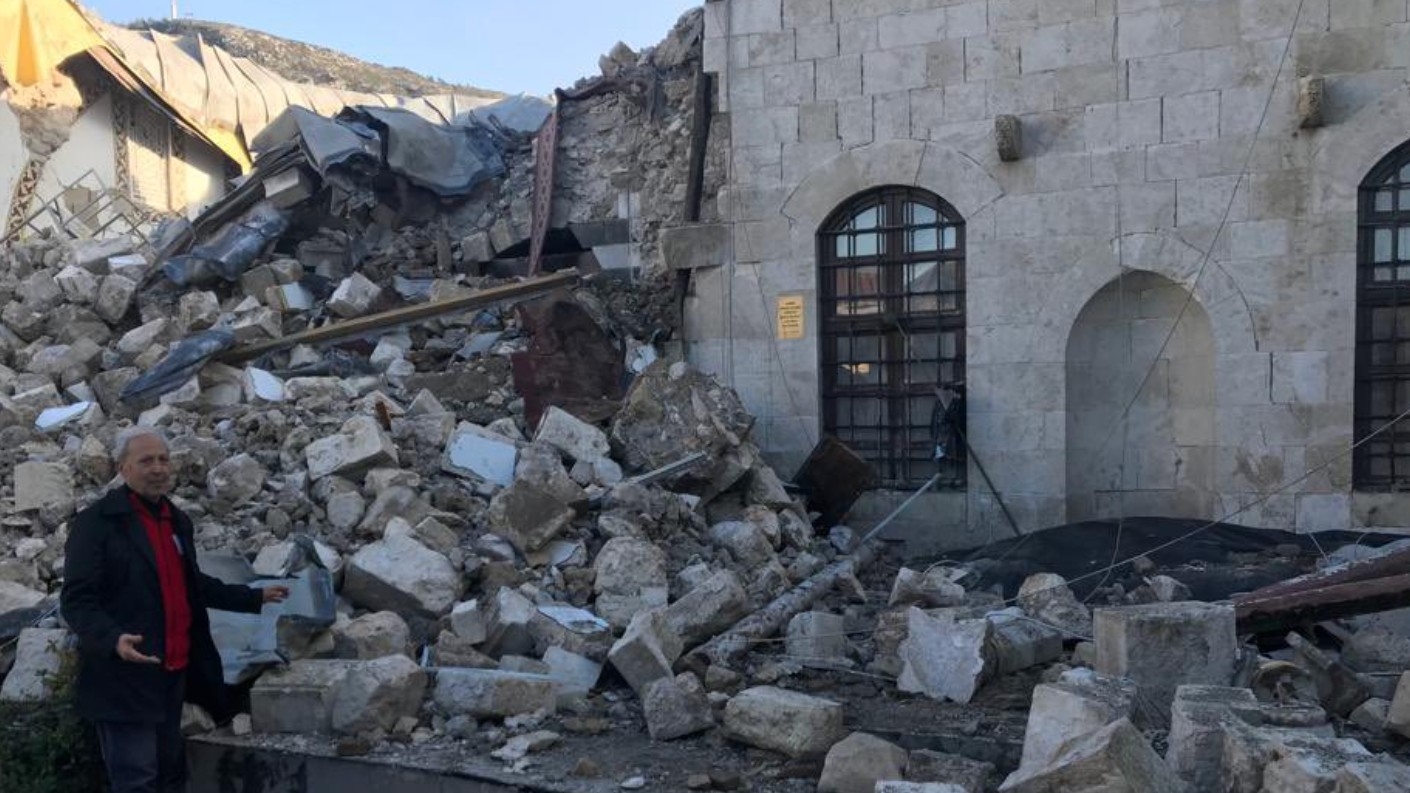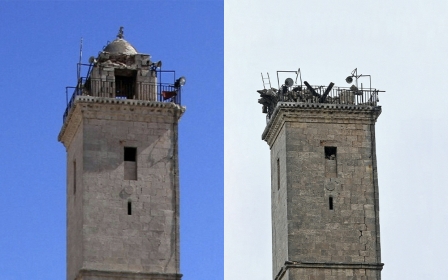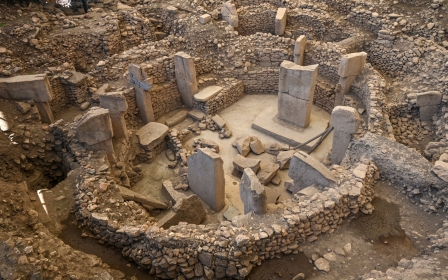Turkey earthquake: Anatolia's first mosque heavily destroyed

The devastating 7.5 magnitude earthquake that struck Turkey and Syria earlier this week has affected over 23 million people. The death toll has passed 17,000, tens of thousands are injured, and countless people have been left without shelter.
The earthquake has also destroyed significant historic and archaeological sites.
In Syria, an ancient citadel in Aleppo was largely destroyed. While in Gaziantep, Turkey, a renowned castle that has stood for over 2,000 years was reduced to rubble.
Among the losses to the country's rich heritage, is the centuries-old Habibi Neccar Mosque, located in Antakya, one of the worst-affected cities.
Images of the mosque shared online show the dome completely collapsed and the site resembling a mound of rubble.
Historic mosque
The mosque is reported to be the oldest in Anatolia, with some records dating the original building to the mid-7th century, when it was built following the Muslim conquest of the city - then known as Antioch - on the location of a Roman temple and a later church.
It is named after Habib the Carpenter, who it's reported lived during the same time as - and believed in the teachings of - Jesus. According to religious belief, Habib was killed by people who refused to convert and believe in one god.
Muslims believe that the incident is mentioned in the Quran, in the chapter Yasin.
Over the centuries, the building was converted from a church into a mosque, and from a mosque back into a church, several times over, as the region was captured by different empires and peoples: from the Rashidun Caliphate in 637 CE to the Byzantine Empire, the Seljuks, Crusaders, and the Mamluks.
The oldest parts of the structure that had been left standing into the 21st century dated back to the Mamluk period, when it was converted into a mosque from a church.
Ottoman archival records from the 18th and 19th-century show that the structure went through various renovations over those years.
Architecture of the mosque
The mosque complex had a courtyard and a distinctive baroque-style minaret dating to the 17th century.
Another feature of the mosque is the madrassa rooms, where religious practice and the Quran were taught, as well as a fountain that dates back to the 19th century.
The complex also housed the tomb of Habib Neccar, among other notable prominent and religious figures.
The arched doorway to the mosque was engraved with inscriptions, while the interior had red carpets and carefully decorated walls, which had Arabic religious calligraphy on them.
This is not the first time the mosque has suffered from large-scale damage. In 1853, an earthquake levelled large parts of the mosque. However, it was restored by the Ottomans.
Middle East Eye propose une couverture et une analyse indépendantes et incomparables du Moyen-Orient, de l’Afrique du Nord et d’autres régions du monde. Pour en savoir plus sur la reprise de ce contenu et les frais qui s’appliquent, veuillez remplir ce formulaire [en anglais]. Pour en savoir plus sur MEE, cliquez ici [en anglais].





